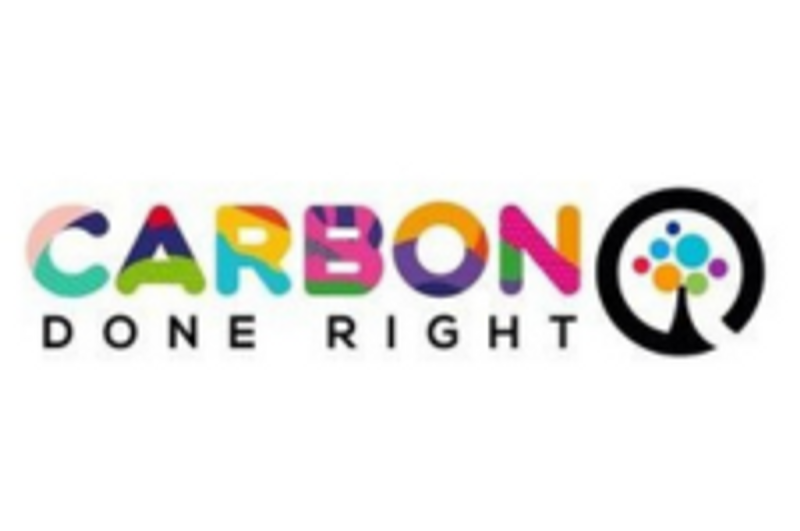With innovations being made in various sectors to combat the adverse effects of climate change, the focus on sustainable living has garnered significant attention. One aspect of sustainability that has been gaining momentum is the concept of utilizing carbon in a way that benefits the environment rather than harming it. This approach, known as carbon done right, involves strategies that aim to capture and store carbon emissions, thereby mitigating their impact on the planet.
One of the key strategies employed in the carbon done right approach is carbon capture and storage (CCS). This process involves capturing carbon dioxide emitted from industrial processes or power plants and then storing it underground or in other geological formations. By preventing these emissions from entering the atmosphere, CCS helps reduce the overall carbon footprint of industries and contributes to combating climate change.
Another innovative technique within the realm of carbon done right is biochar production. Biochar is a type of charcoal produced from organic materials such as wood chips, agricultural waste, or other biomass sources. When incorporated into soil, biochar can improve its fertility and structure, while also sequestering carbon for hundreds or even thousands of years. This not only helps mitigate greenhouse gas emissions but also enhances soil health and promotes sustainable agriculture practices.
Beyond these specific techniques, the carbon done right approach also emphasizes the importance of sustainable forestry and land management practices. By promoting reforestation efforts, sustainable logging practices, and the preservation of natural habitats, carbon sequestration in forests can be maximized. Additionally, adopting sustainable agricultural practices such as agroforestry and conservation tillage can help enhance soil carbon storage and reduce greenhouse gas emissions from farming activities.
Furthermore, innovations in technology have enabled the development of carbon utilization processes that convert carbon dioxide into valuable products. For instance, carbon capture technologies can be integrated with industrial processes to create building materials, fuels, or chemicals, thereby turning a previously harmful emission into a useful resource. This concept of carbon utilization not only helps reduce carbon emissions but also promotes a circular economy where waste materials are transformed into valuable products.
In conclusion, the carbon done right approach represents a significant shift towards harnessing the potential of carbon in a sustainable and environmentally friendly manner. By implementing strategies such as carbon capture and storage, biochar production, sustainable land management practices, and carbon utilization technologies, we can effectively mitigate the impacts of climate change and work towards a more sustainable future. Embracing these innovative solutions and promoting a collective effort to reduce carbon emissions will be crucial in addressing the challenges of climate change and building a more resilient planet for future generations.

